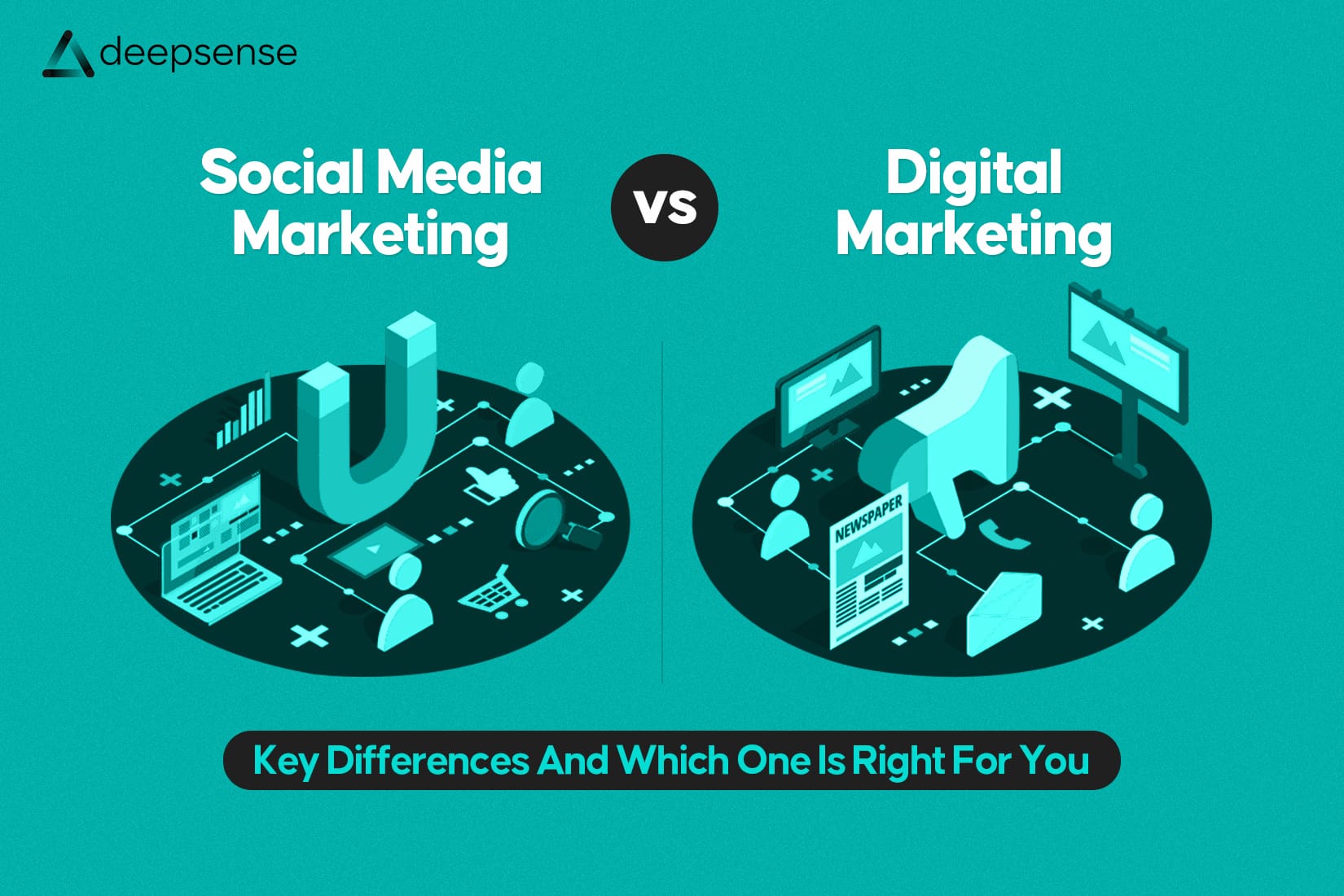Imagine this situation. It is December 24th. Your competitors have ads on Instagram, YouTube, Google, and notifications pop up even in your mail. Meanwhile, your website has very low traffic even though you spent weeks creating your holiday campaign. This often happens because the advertising media you choose is not effective. Advertising media refers to the platforms where your ads appear, such as social media, search engines, and email. If these platforms are used incorrectly, your Christmas results can suffer.
Below are the five most common advertising media mistakes during the holiday season and detailed steps on how to fix it.
Mistake 1: Ignoring a Multi-Channel Strategy
Many businesses spend all of their advertising budget on only one platform. They might use only Facebook or only email. This is not a smart move because your customers do not stay on one platform. People move between social media, search engines, video platforms, and email throughout the day.
Why this is risky:
- Your reach becomes small because you show ads in only one place.
- You lose potential customers who are spending their time on other platforms.
- People can become tired of your ads if they keep seeing the same content repeatedly.
How to fix it:
1. Use a mix of platforms.
You should run ads on Facebook, Instagram, Google Search, YouTube, and email. This gives your brand more visibility. When customers skip one platform, they still see you on another.
2. Adjust your message for each platform.
Your ads have to be tailored according to the platform you are uploading in, this is because each platform has a different algorithm that boosts content accordingly.
Some examples are
– Instagram works best with strong images.
– Google Ads work best with short text that matches what people search for.
– Email works best with personalized messages.
This is important because engagement increases only when the content matches the platform, so recycling the same ad for every platform will not work.
3. Track results clearly.
Use tracking tools like UTM codes. A UTM code is a small label that is added to a link to see where the visitor came from. This helps in understanding which platforms bring sales, so by studying this, you can increase the budget on high-performing platforms and reduce spending on poorly performing ones.
Mistake 2: Starting Campaigns Too Late
Many businesses believe customers start shopping in mid-December, but this couldn’t be more wrong as a large number of customers begin planning and researching gifts in mid or late November.
Why this is a problem:
- Competitors who start early get the attention first.
- Customers may already know what they want by the time your ads appear.
- Advertising becomes more expensive closer to Christmas because demand for ads grows.
How to fix it:
1. Plan your schedule early.
It is smart to plan early by planning campaign ideas by September or October so that the ad graphics, videos and landing pages can be created and prepped in advance and launched by November, and the early campaign more often than not catches the worm.
2. Use different timing for different audiences.
Plan your ad timing based on who you’re talking to. Send early bird offers to customers who already know you and have purchased before. Then, save the “quick gift ideas” ads for new customers in December, when they’re actively searching for last-minute options.
3. Use remarketing
Remarketing helps you reach people who have already visited your website. These shoppers know your brand, so a small reminder is often enough to bring them back. December is the best time for remarketing because customers are in a buying mindset.
Mistake 3: Failing to Segment and Personalize
Segmentation means dividing your audience into smaller groups. Personalization means giving each group messages that fit their interests. Many businesses ignore these steps and send the same message to everyone.
Why this is risky:
- People ignore ads that are too general.
- You waste money showing ads to people who are not interested.
- Competitors can win attention by showing more relevant messages.
How to fix it:
- Create audience groups.
Divide your audience based on age, interests, city, purchase history, website visits, or even abandoned carts. Different people expect different things, and grouping them helps you tailor your message better. - Write customized messages.
Show exclusive bundles or premium options to your loyal customers. Give special discounts to new buyers. Send gentle reminders to customers who added something to the cart but didn’t finish checkout. Personalized messaging makes every group feel understood. - Use dynamic creative tools.
Platforms like Facebook and Google can automatically mix and match images, headlines, and descriptions. They test different combinations for each audience and find out what performs best, saving you time and improving your results.
Mistake 4: Neglecting Mobile Optimization
Mobile optimization means making your ads and website work smoothly on phones. Most holiday shoppers browse and buy using their mobile devices. If your mobile experience is poor, your sales will drop even if your ads are excellent.
Why this is a wrong move:
- Slow websites cause people to leave quickly.
- Small buttons and difficult forms create frustration.
- A complicated checkout process reduces conversions.
How to fix it:
1. Test everything on a phone.
Open your ads, landing pages, and checkout pages on different mobile phones. Make sure the images look sharp, the text is readable, and the buttons are easy to tap. Most Christmas shoppers browse on mobile, so this step is essential.
2. Improve your website speed.
Compress heavy images, remove unnecessary scripts, and keep your mobile checkout clean and simple. A faster website keeps visitors active and reduces the chances of them leaving mid-purchase.
3. Reduce the number of steps to buy.
Make the buying process as short as possible: click, view, checkout, done. Fewer steps mean fewer abandonment rates, especially during the holiday rush.
Mistake 5: Underestimating Emotional Messaging
The holiday season is emotional. People buy gifts to feel joy, create memories, and connect with family. If your ads focus only on product details, you miss the chance to build an emotional connection.
Why this is a mistake:
- Emotional ads stand out among many similar holiday promotions.
- Emotional messages increase sharing and engagement.
How to fix it:
1. Use simple stories.
Show real, relatable moments. Highlight how your product adds joy to holiday celebrations, emphasize family time, surprises, convenience, or stress-free gifting. Emotional storytelling works beautifully during Christmas.
2. Use urgency correctly.
Inform customers about low stock or shipping deadlines. People act faster when they know time is running out, especially during the holiday season.
3. Focus on benefits.
Tell customers how your product makes their holiday better, easier, happier, less stressful, or more meaningful. Benefits to their life connect more deeply than technical features of the product or service.
Conclusion: Make This Christmas Your Best Yet
Christmas creates powerful opportunities for sales, but it also increases competition. When you avoid the five major mistakes listed above, you improve your chances of success. You must use multiple platforms, start early, personalize your ads, optimize for mobile, and use emotional storytelling. These steps will help your brand grow during the festive season.
A simple audit of your advertising media can lead to strong results. Make improvements now so that your Christmas sales increase with steady strategy instead of luck.
FAQS
Q1: What are the different types of advertising media
The types of advertising media refer to the various channels businesses use to reach their audience. These include print media like newspapers and magazines, broadcast media such as TV and radio, outdoor media including billboards and transit ads, and digital media like social media, search, display, and video ads. Other types include mobile advertising through apps and SMS, direct mail such as flyers and catalogues, and ambient media, which uses unconventional spaces like coffee cups, elevators, or mall kiosks to capture attention. Each type serves a different purpose and audience, making it important to choose the right mix for your campaign.
Q2: What is advertising media scheduling, and why is it important for Christmas campaigns?
Advertising media scheduling refers to planning when your ads will appear across platforms. During Christmas, smart scheduling ensures your ads run during peak buying periods, helping you avoid wasted budget and outperform competitors who start too late.
Q3: How much should I budget for Christmas advertising?
A common rule is to increase your ad budget by 20-30% during the holiday season because competition is higher. However, the exact amount depends on your industry, ad goals, and audience size.
Q4: Should I use video ads or image ads during Christmas campaigns?
Video ads tend to outperform image ads because they communicate emotions better. However, image ads work well for remarketing, sales reminders, product highlights, and quick promotions.
Q5: What type of ad creatives work best during Christmas?
Holiday-themed visuals, gift-focused images, short festive videos, and ads with warm emotional elements typically perform best. Shoppers respond strongly to holiday colors, seasonal music, and recognizable festive symbols.
Q6: What is the best advertising media platform for Christmas promotions
There is no “single best” platform. The ideal platform depends on your target audience. For example, Gen Z responds well to TikTok and Instagram, while millennials and older shoppers respond strongly to Google Search and YouTube ads.
Q7: Should small businesses run holiday ads even with a small budget?
Absolutely. Small businesses can win during Christmas by using hyper-local targeting, niche audience segments, remarketing, strong storytelling, and high-quality visuals. A small, well targeted campaign often outperforms a large and unfocused one.











